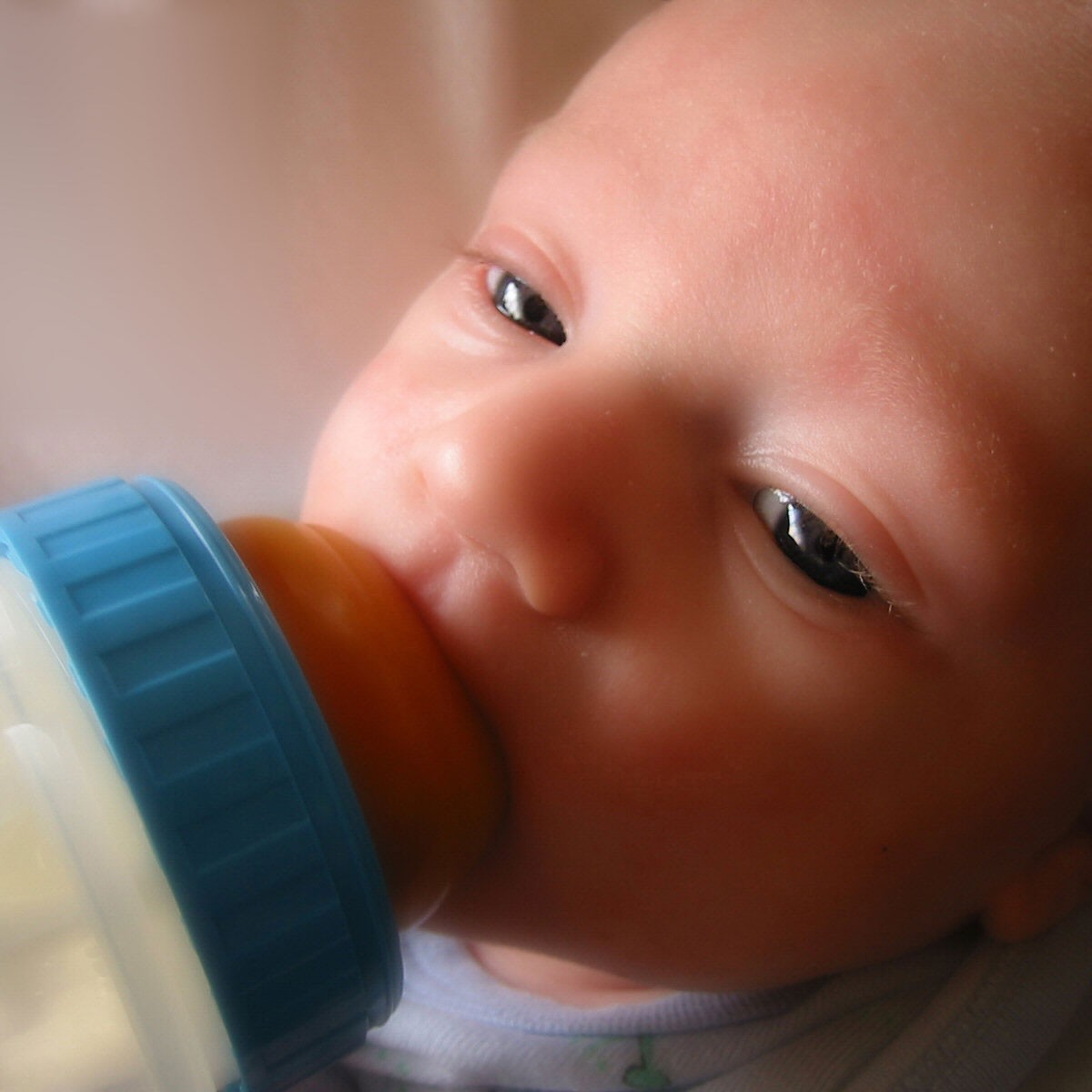


Assistant Professor Jinhee Park is on a mission to improve the care of preterm infants.

That career started more than two decades ago, when Park, then a master’s student in nursing, was working in one of the largest newborn intensive care units (NICU) in Seoul, South Korea. From there she moved to the University of North Carolina at Chapel Hill for her doctoral work and, in 2015, to Boston College to join the faculty at the Connell School. This summer, her years of effort paid off in a satisfying way: she received an R21 Exploratory/Developmental Research Grant Award from the National Institutes of Health (NIH) and National Institute of Nursing Research (NINR).
This prestigious R21 grant, which supports exploratory research, will allow Park and her collaborators at the University of North Carolina and Boston’s Beth Israel Deaconess Medical Center to investigate the “Biobehavioral Efficacy of the Semi-Elevated Side-Lying Position for Feeding Preterm Infants.” In other words: will a preterm infant’s health improve if she feeds while lying on her side instead of in another position?
The stakes are high. The problems infants experience while feeding often persist into childhood, with consequences for the child’s long-term growth and neurodevelopment. Park, however, is optimistic that this simple feeding intervention may not only improve children’s health but also reduce the strain on caregiving families and the health care systems supporting them.
10
% of American births that are preterm
43
% of expenditure on infant care at American hospitals going to preterm infants
41
% of preterm infants who will develop feeding problems that continue into childhood

“To feed safely and efficiently,” Park says, “infants must develop certain anatomical structures and neurological capacities.” The physical challenge of feeding demands complex musculature: forming a seal around the nipple takes healthy lips, while drawing out milk requires strong cheeks. The neurological challenge of feeding involves intense self-control: to swallow, infants must stop breathing, so they must learn to alternate the two in a steady “suck-swallow sequence.”
Such a complex process can go wrong in many ways. The child born with a cleft lip will be unable to form a seal around the nipple. Preterm infants, who must breathe 60 to 70 times a minute to maintain their oxygen levels, have a particularly hard time regulating breathing while feeding. Some infants are so overwhelmed with milk they turn blue from oxygen deprivation. Other infants, however, are too weak to draw enough milk from the nipple; these children go hungry if forced to rely on oral feeding.
Even when preterm infants manage to feed successfully, Park observes, it is such an intense process that an infant’s delicate balance is easily upset. She recalled one father who paid a visit to his preterm daughter while she was feeding in a NICU. “He gently reached out to his daughter’s hand while she ate,” Park says, “but that extra touch proved too much: the infant became too exhausted to continue feeding. She was already using all her energy for feeding, so extra stimulation overwhelmed her.” Her research indicates that it is essential to support infants during feeding by minimizing unnecessary stimulation as much as possible.
These feeding struggles can result in a host of consequences beyond the stunted neurological development ongoing hunger causes. If a child repeatedly experiences stress while feeding, she may form an enduring association of stress with feeding, and she may later refuse to swallow, insist on a bribe each time she feeds, or refuse to feed at all. These behaviors can put caregivers under tremendous strain and harm the child. This is why, Park says, it is critical to intervene before a child’s feeding problems become chronic.

Park and her team hypothesize that one source of stress may be the position in which preterm infants are fed. “The supine position has been the norm for feeding preterm infants for a long time,” she explains, “but there are many reasons that this might not actually be ideal.”
One is the effect gravity has on milk flow: if an infant is lying on her back with the bottle aimed straight down at her, the milk flows to her mouth with little resistance. This position may therefore make it more difficult for her to regulate milk flow. If she is feeding on her side, however, she does not have to contend with gravity to take a breather.
Another reason to change feeding position also concerns the effects of gravity, this time on respiration: if an infant is on her back, gravity is pushing down on her chest, impeding each inhalation. Given how many preterm infants already struggle to breathe, making it as easy as possible for them to do so while they feed may reduce the stress they experience.
Park also suggests that the side-lying position may be helpful preparation for when the infant leaves the NICU. “Most mothers want to breastfeed their children,” she says. “Because the side-lying position is similar to the position in which infants will later nurse, feeding them in this position while they’re in the NICU may lead to a smoother transition to breastfeeding.”

Thanks to the R21 grant from NIH and NINR, Park will be able to start testing her hypothesis. In collaboration with her team, she has designed a trial that will compare the effects of side-lying and supine feeding.
Dozens of infants from Beth Israel’s NICU will be evaluated while feeding in the two different positions. To control for confounding factors that make causality difficult to discern, the team has designed a randomized crossover trial: every infant will be fed once in each position, in a randomized sequence.
Every feeding will be filmed, and each infant will be monitored for 30 minutes before and after they feed. In addition to tracking how they manage milk flow by sucking and swallowing, researchers will place electrodes on the babies’ chests to monitor heart rate; a band around the chests to track respiration; and sensors at the fingertips, below the belly button, and on the forehead to track oxygen levels throughout the body.
These measurements will not only track how much and how efficiently the infant is feeding but how much stress the experience is causing. “When you’re eating, blood should flow to the gut to help,” Park explains. “Being stressed diverts blood to the critical organs to support them. So, if the oxygen level at the stomach declines while it increases at the forehead, that suggests the baby is feeling stressed.”
This study was designed in part with the help of Park’s onetime Ph.D. advisor at the University of North Carolina, Suzanne Thoyre. “She helped me develop the metrics we’ll use to analyze the video of each infant’s feeding for stress cues,” Park explains. “She has extensive experience in this area of research.”
More than an experienced nurse researcher, Thoyre is a national leader in the field of child development—and a long-term research partner of Park’s. Over the years, the two have collaborated on numerous projects and papers investigating the care of infants, including several about feeding.
For her part, Thoyre is delighted to be collaborating once more with her former student as a senior researcher. “Professor Park is really top-notch,” she says. “Plus, this research is really important. There are more children surviving from NICUs, so we have more children with developmental disabilities. Families of kids with feeding problems are looking for help, and I think that with more research we can better support them.”
Park couldn’t agree more. Though this project will likely take a couple of years to finish, she already has an eye to the future. “With this project, I’m only looking at the short-term effects of these feeding positions,” she says. “But if the results are promising, I plan to do more research to determine more definite and long-term effects of the side-lying position with a larger and more diverse population of infants.”
Indeed, if the proposed intervention benefits children, Park hopes that she and her team will help develop a new standard of care. “Changing the feeding position is something any caregiver can do,” she concludes, “so the research could make a big difference for so many babies.”